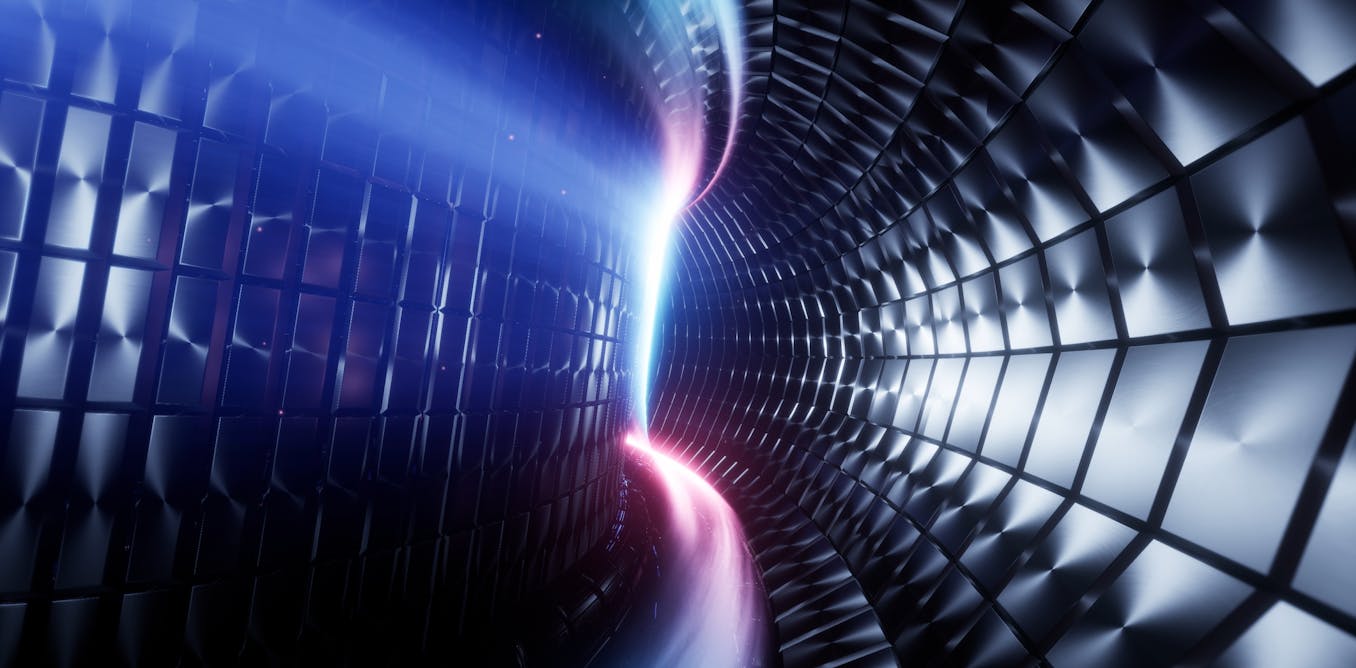nuclear power produces long-lived radioactive waste, which needs to be stored securely. Nuclear fuels, such as the element uranium (which needs to be mined), are finite, so the technology is not considered renewable. Renewable sources of energy, such as solar and wind power suffer from “intermittency”, meaning they do not consistently produce energy at all hours of the day.
fusion technologies have yet to produce sustained net energy output (more energy than is put in to run the reactor), let alone produce energy at the scale required to meet the growing demands of AI. Fusion will require many more technological developments before it can fulfil its promise of delivering power to the grid.



Well, I can think of the inverse - separating a piece of coastline and pumping seawater out when you have excess energy, letting it back in via turbines to get energy. In that context UK does have fitting terrain, it’s just underwater.
Seawater is very nasty to machinery though.
Tidal power continues to be researched, but it’s proving very difficult, currently completely unviable. It certainly cannot replace all non-renewable energy.
I didn’t mean tides. I meant a dam separating an area, from which water is pumped out to “store” energy, and let in through generators to “spend” energy.